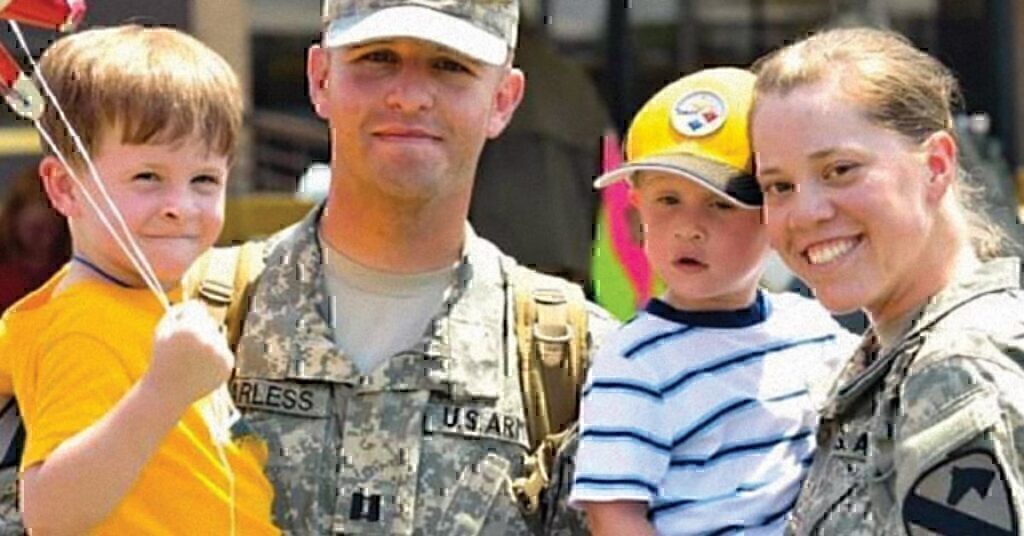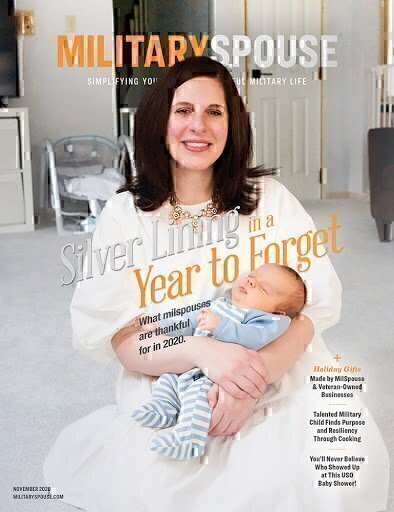See all this and more inside the November issue of Military Spouse Magazine!
Veterans Day was originally called Armistice Day to celebrate when the armistice between the Allies and Germany that ended World War I took effect on the 11th hour of the 11th day of the 11th month: Nov. 11, 1919. It became an official holiday in 1938 to honor WWI veterans.
After WWII and the Korean War, veterans and service organizations urged Congress to change the name from Armistice Day to Veterans Day to honor and recognize all veterans. With Veterans Day a federal holiday now, many service members have developed their own ways of celebrating and honoring veterans and those still serving.
Over the years we have seen the veteran community change from the predominantly male force of WWI to now having 14.4% of the military service members being female. Over the course of history, we have seen some female veterans accomplish amazing feats.
Army Sgt. Leigh Ann Hester became the first woman in the Iraq conflict to be awarded the Silver Star, and the first woman since WWII to receive it. She earned it for her leadership leading a counterattack under heavy enemy fire against the enemy who attacked her convoy. In the end, 27 insurgents would be killed, six wounded and one captured.
In WWII, 2nd Lt. Elsie S. Ott, an Army nurse, became the first woman to receive the US Air Medal for her contributions in designing the equipment list that medevac flights would need to care for wounded service members. On a medevac flight from India, she made a list of what future flights would need to care for others, thus changing the way medevac flights operated and therefore saving countless lives.
Of course, we cannot forget about Pvt. Cathay Williams, who served as “William Cathay” to hide that she was a woman in her post-Civil War unit. She was the first known African American woman to serve in the US Army. She served alongside her male counterparts without detection until she contracted smallpox. Her bravery at hiding her gender during her time in service started to blaze the trail for other women to follow in her footsteps.
While the number of female veterans grows each year, it is still often a population that is not recognized as easily. Even though men have their military haircuts that they often keep past the time of wearing their uniform, spotting a female veteran can often be harder unless you notice the way they carry themselves. Because of this, the female veteran community is often left saying, “Hey, I served, too!” during the Veterans Day parades, ceremonies, or even at the restaurants offering a free meal to veterans on this day.”
Last year during the Veterans Day ceremony at our children’s school, they asked for any veterans to stand and be recognized. Easily half of the audience stood—all men and only two women, myself included. It was the soft smile of the other female who caught my eye that seemed to say, “I’m glad I’m not alone.” When they handed out small American flag pins, a young boy said, “These are only for veterans.” When I told him that I was a veteran and served in the Army, he was surprised that “girls served too.”
Our society has come a long way in changing how they recognize and include female veterans. However, as citizens of our country, we still have work to do to break the stereotype of who a veteran can be and teach that to our younger generations. No matter what obstacle our female veterans may be up against, I can assure you that they still feel proud of their service.
Homecoming photo is credited to Amanda Valentine Photography



